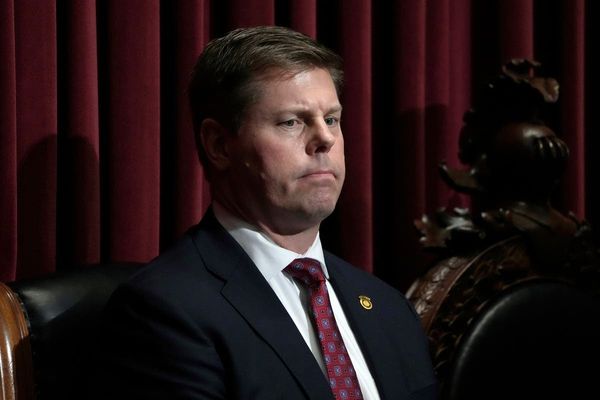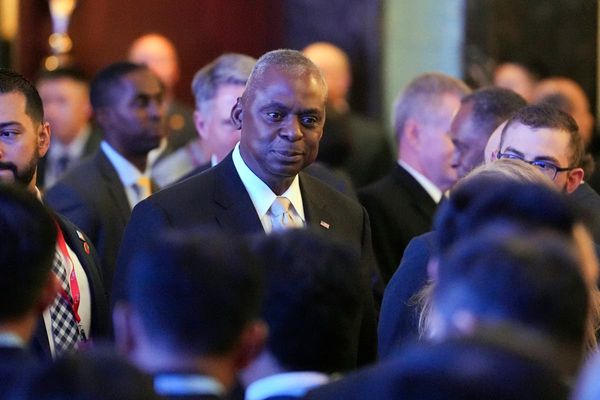
If this government had the political smarts to sell itself properly to voters, Jim Chalmers would have hammered the following message in the wake of yesterday’s national accounts data: Labor’s policies are the difference between an economy that’s been clobbered by interest rate hikes falling into recession and one still managing 2% annual growth.
The economy managed just 0.2% growth in the September quarter — half the reported growth of the June quarter and half the level expected by the market — but the Australian Bureau of Statistics revised growth in previous quarters upward to keep the annual growth rate at 2.1% — which, perversely, was higher than the markets’ expected 1.8% growth for the year. Go figure. But those who play the “per capita recession” game will be happy — per capita GDP fell by 0.5%, following a 0.1% fall in the June quarter — not really a surprising outcome given the sheer volume of people pouring into Australia.
It was lower consumption from battered households pouring money into the bottom lines of the Big Four banks and a fall in mining exports that undermined growth — but increased government spending on energy and childcare rebates, investment and defence spending kept the economy afloat.
As the ABS said in its accompanying statement, “Government spending and capital investment were the main drivers of GDP growth this quarter. Government final consumption expenditure rose 1.1% on the latest quarter almost double the 0.6% increase in the June quarter. The growth in government expenditure was driven by social benefits to households, including the Energy Relief Fund rebates and extra payments for childcare, aged care and pharmaceutical products.”
Defence also contributed to growth with increased expenditure related to international training exercises held in Australia during the quarter. A 1.1% increase in gross fixed capital formation was driven by public corporation investment in infrastructure.
There was also a boost from the private sector with private engineering construction via increased mining industry investment — belying the constant complaints from the mining sector about industrial relation reforms and Australia’s high rate of corporate tax deterring investment. But mining inventories rose $2.4 billion, reflecting the larger fall in exports than in production volumes. Export prices for coal and LNG fell as global supplies increased, leading to a fall in mining profits (-6.5%) and a 2.6% fall in terms of trade over the quarter.
But households, hit hard by interest rate rises and the end of the low and middle income tax offset, ate deeper into their savings — the household savings ratio slid to 1.1%, the eighth quarterly fall in a row, and a big fall from 2.8% in the June quarter. The household savings rate is now at its lowest level since the eve of the financial crisis in December 2007.
But not everyone is paring back — “imports” of travel services rose 19.5% as more Australians travelled overseas during the northern summer, though that was partly offset by the “export” of travel services due to the Women’s World Cup, as well as the return of colossal numbers of foreign students. Vehicle purchases went up in September as supply constraints continued to ease.
The government’s targeted cost-of-living programs on energy, child care, rental assistance and the PBS have, according to the ABS, managed the unusual trick of both supporting growth and helping curb inflation — within the broader context of a significant tightening of fiscal policy from the deficit settings inherited from the Coalition. If the economy avoids entering an actual recession, it won’t be due to carefully calibrated interest rate decisions by an out-of-touch and ideological Reserve Bank leadership and board, but a federal government managing to walk a tight path of fiscal consolidation while providing targeted cost of living relief.
It has also managed to lift wages growth via its support for a significant minimum award pay rise and its funding of the large aged care pay rise, which began during the September quarter, directing more income to the lowest paid. But little of that message is getting out to voters, and the government is suffering for it.







